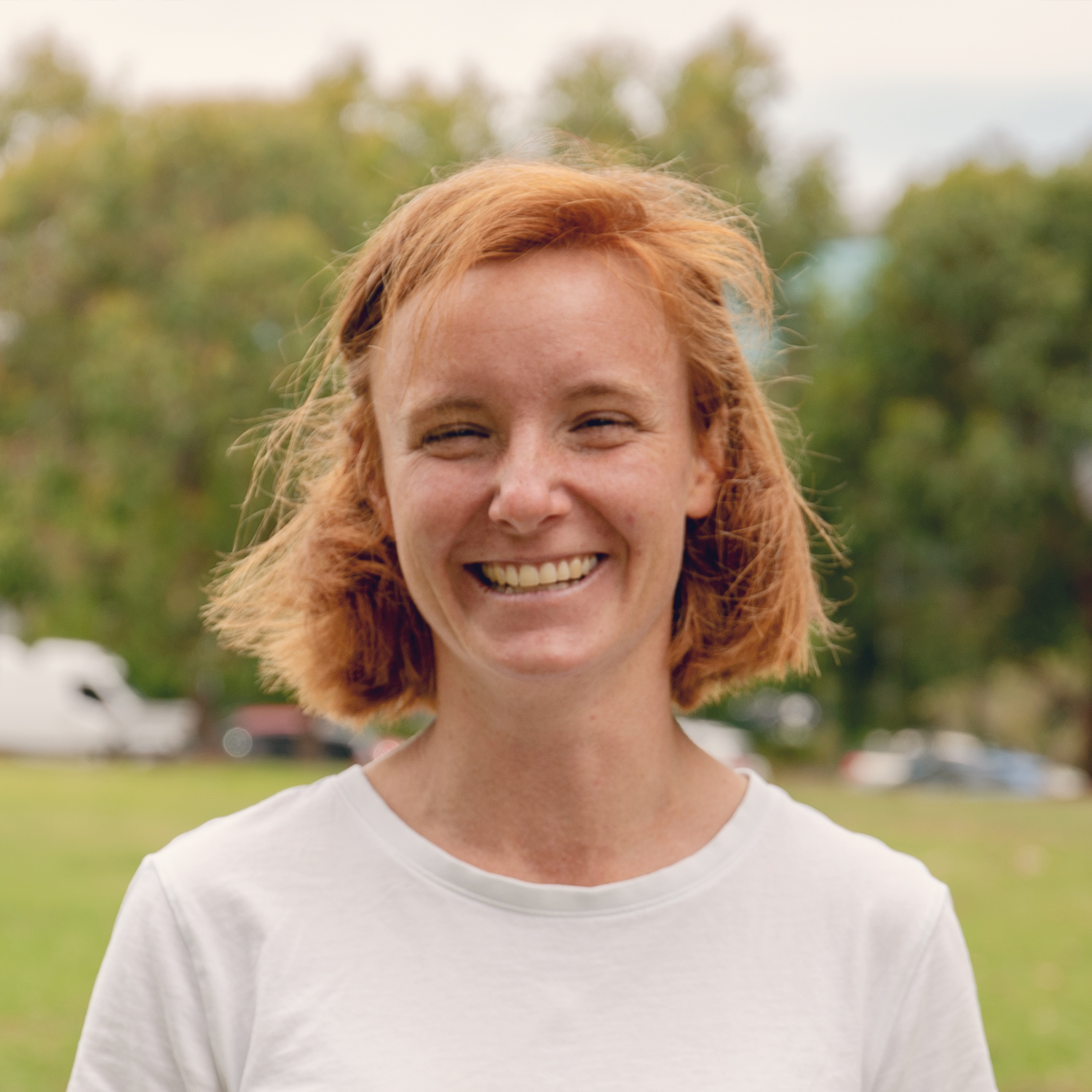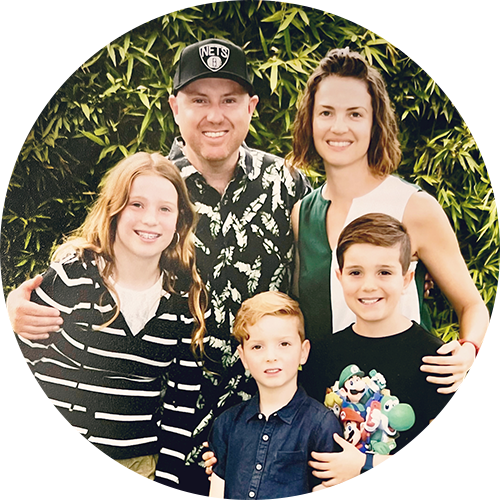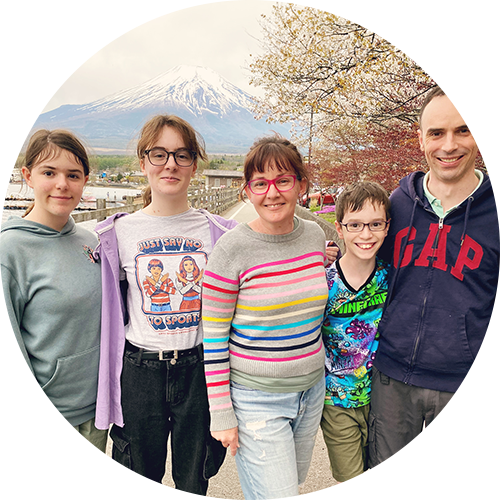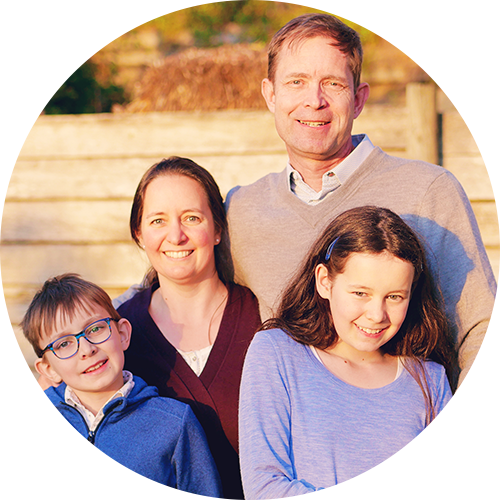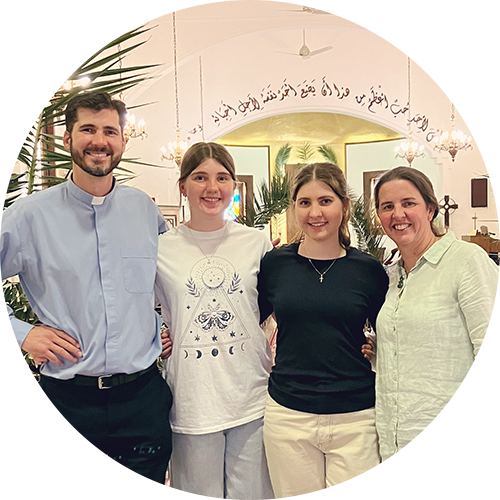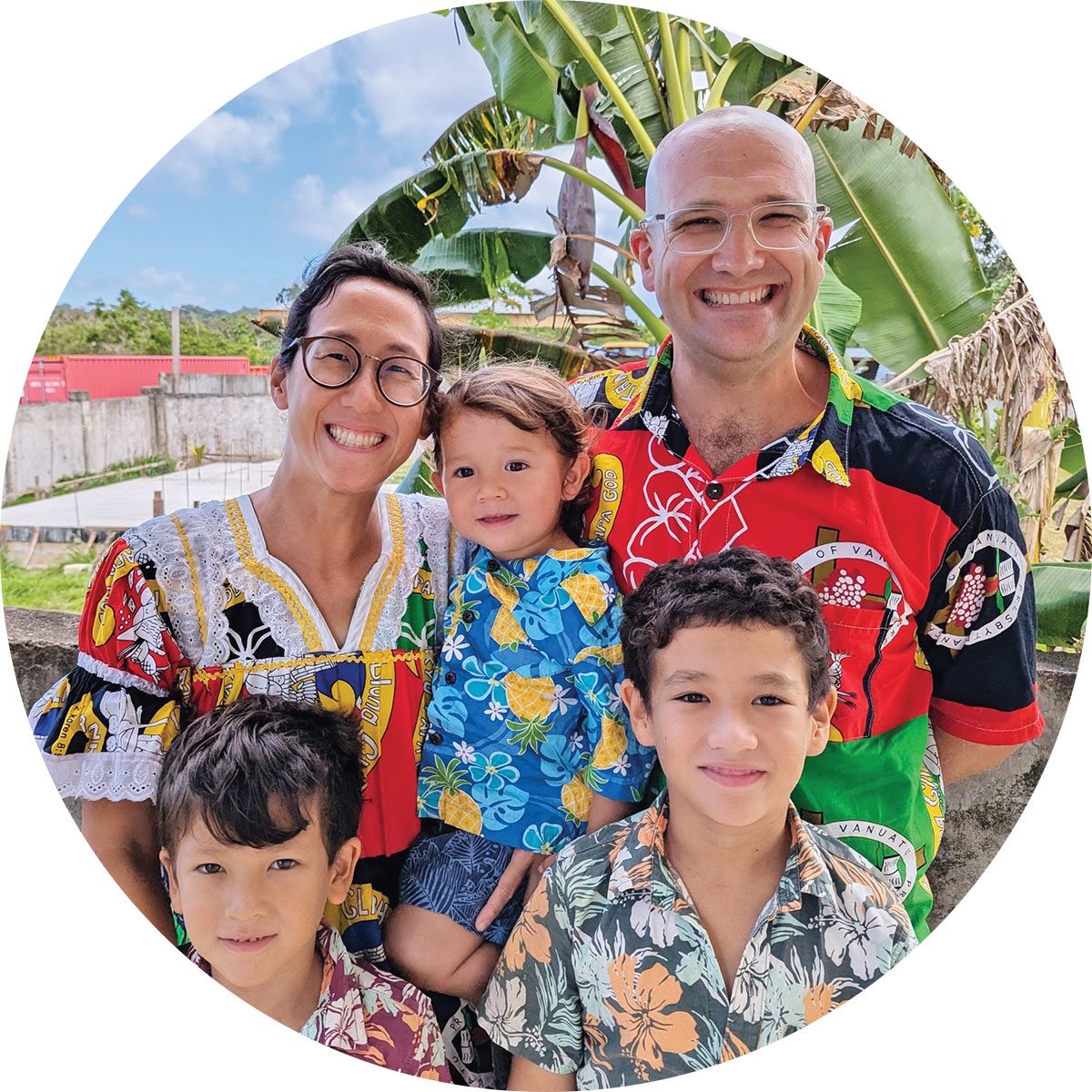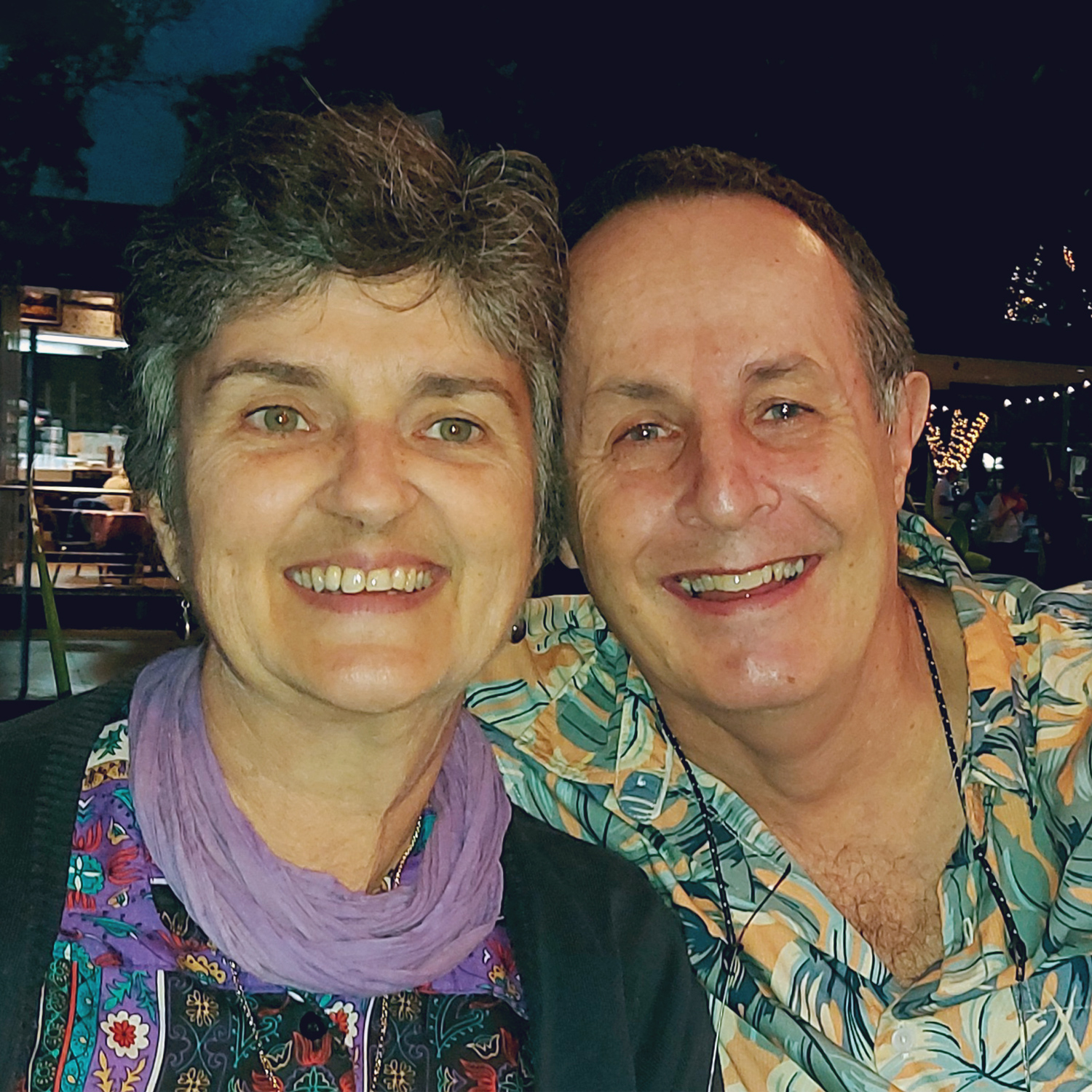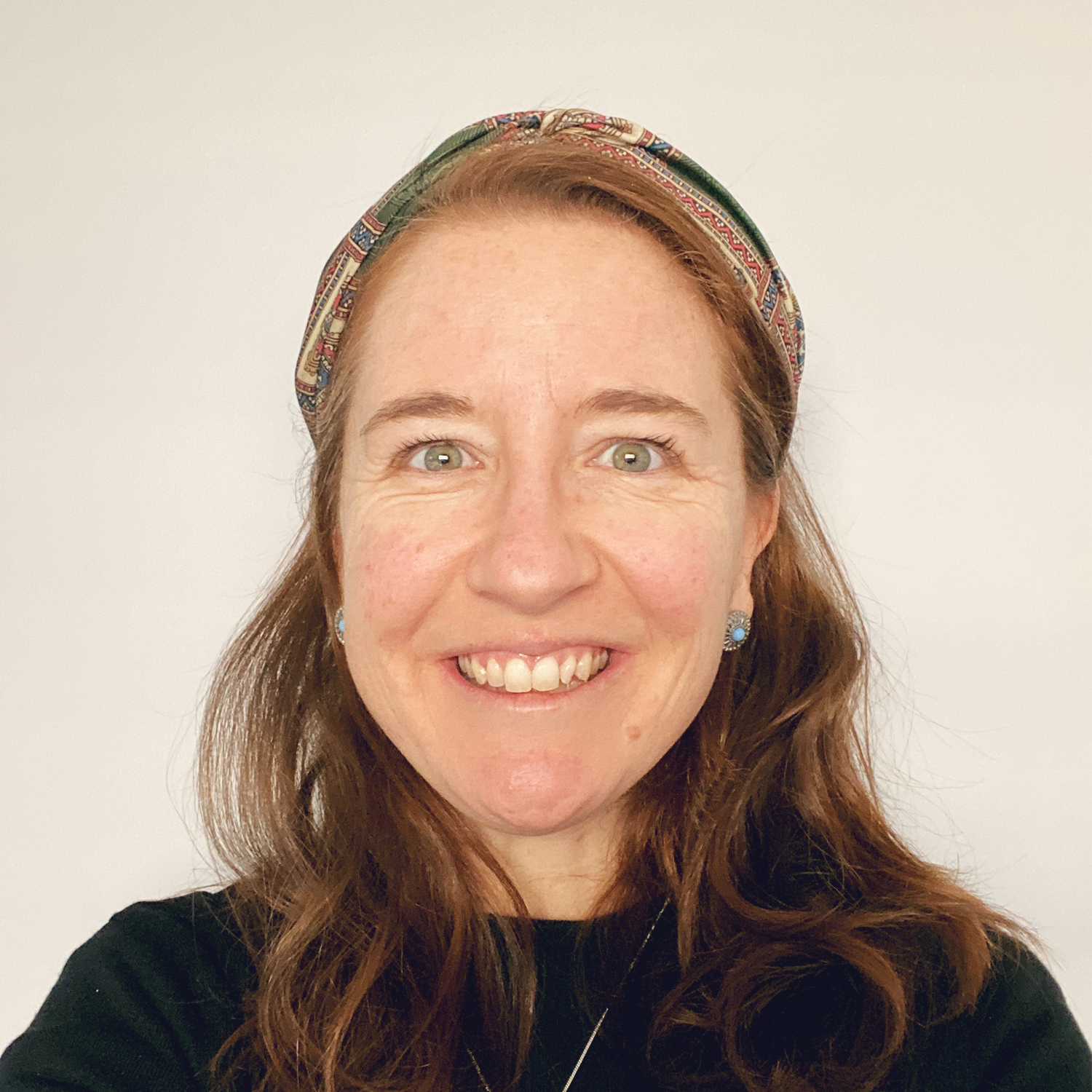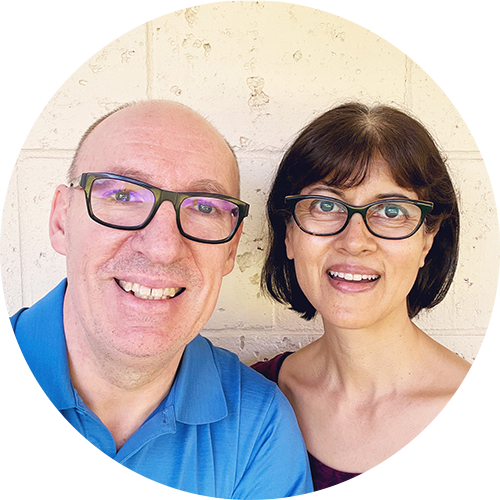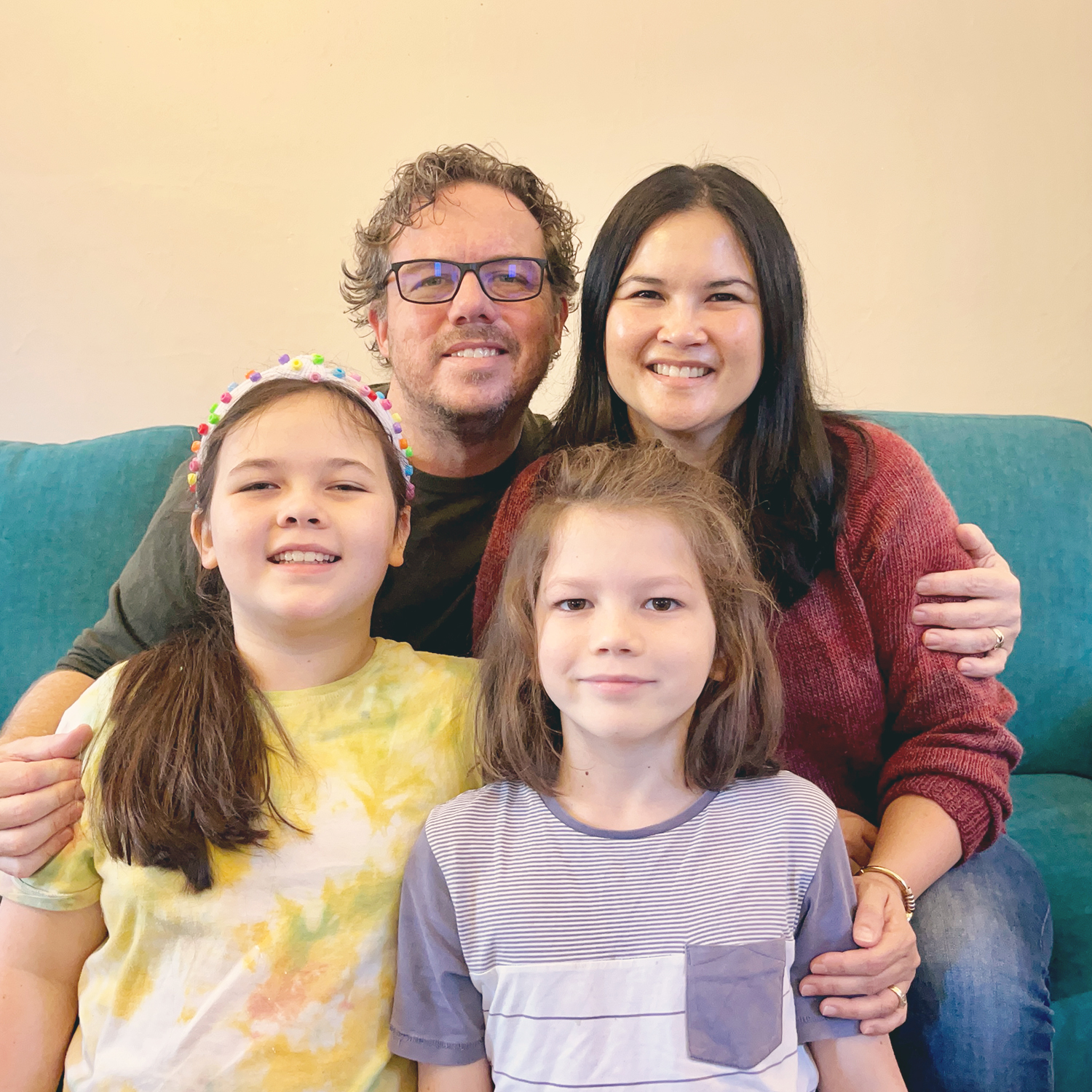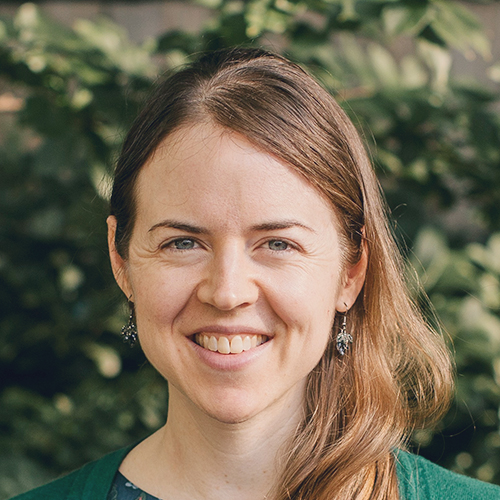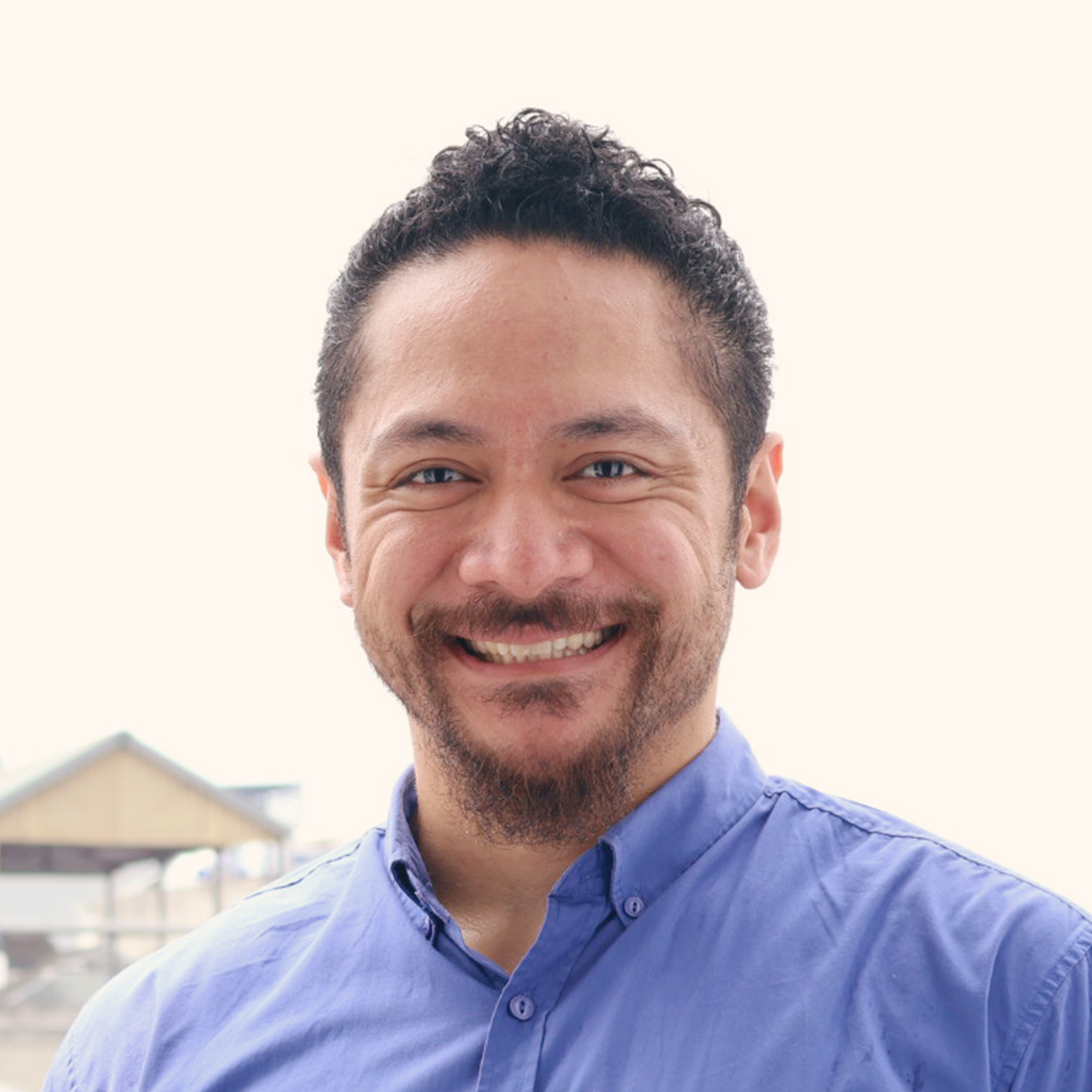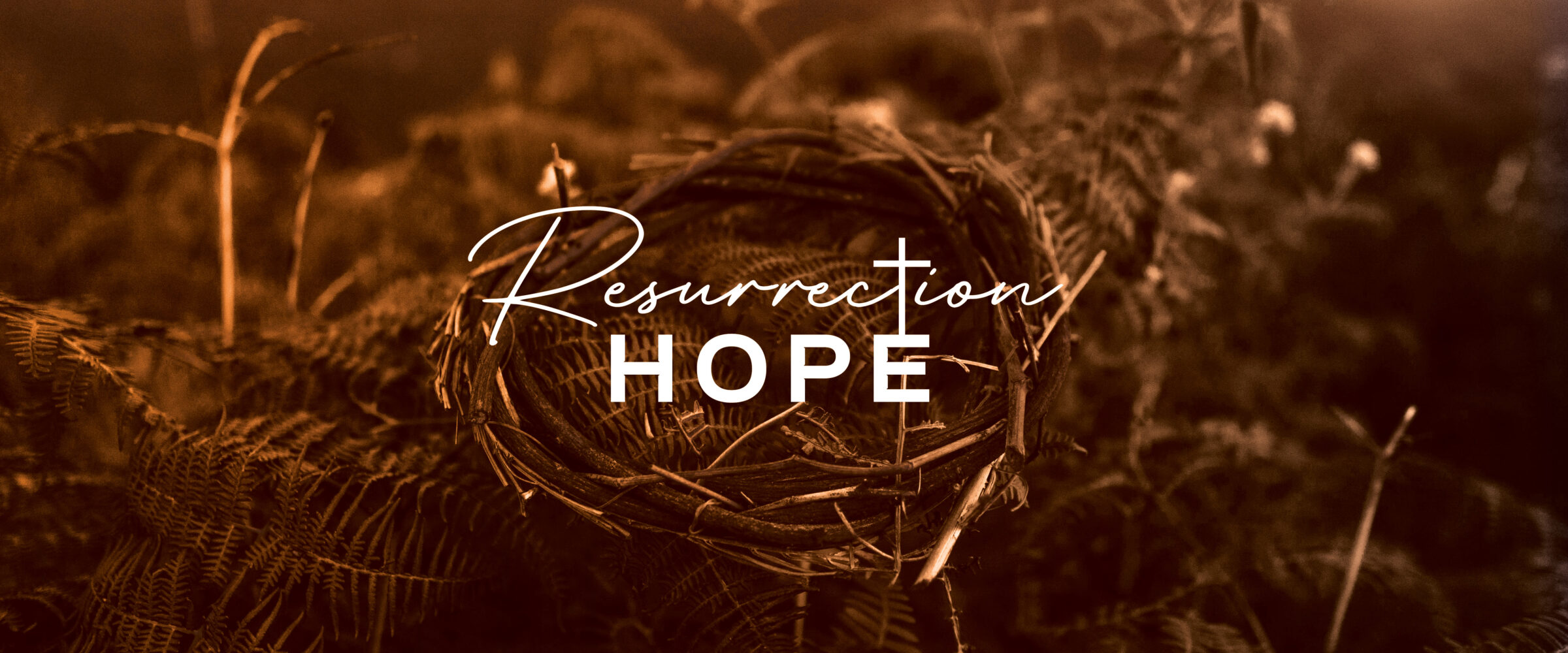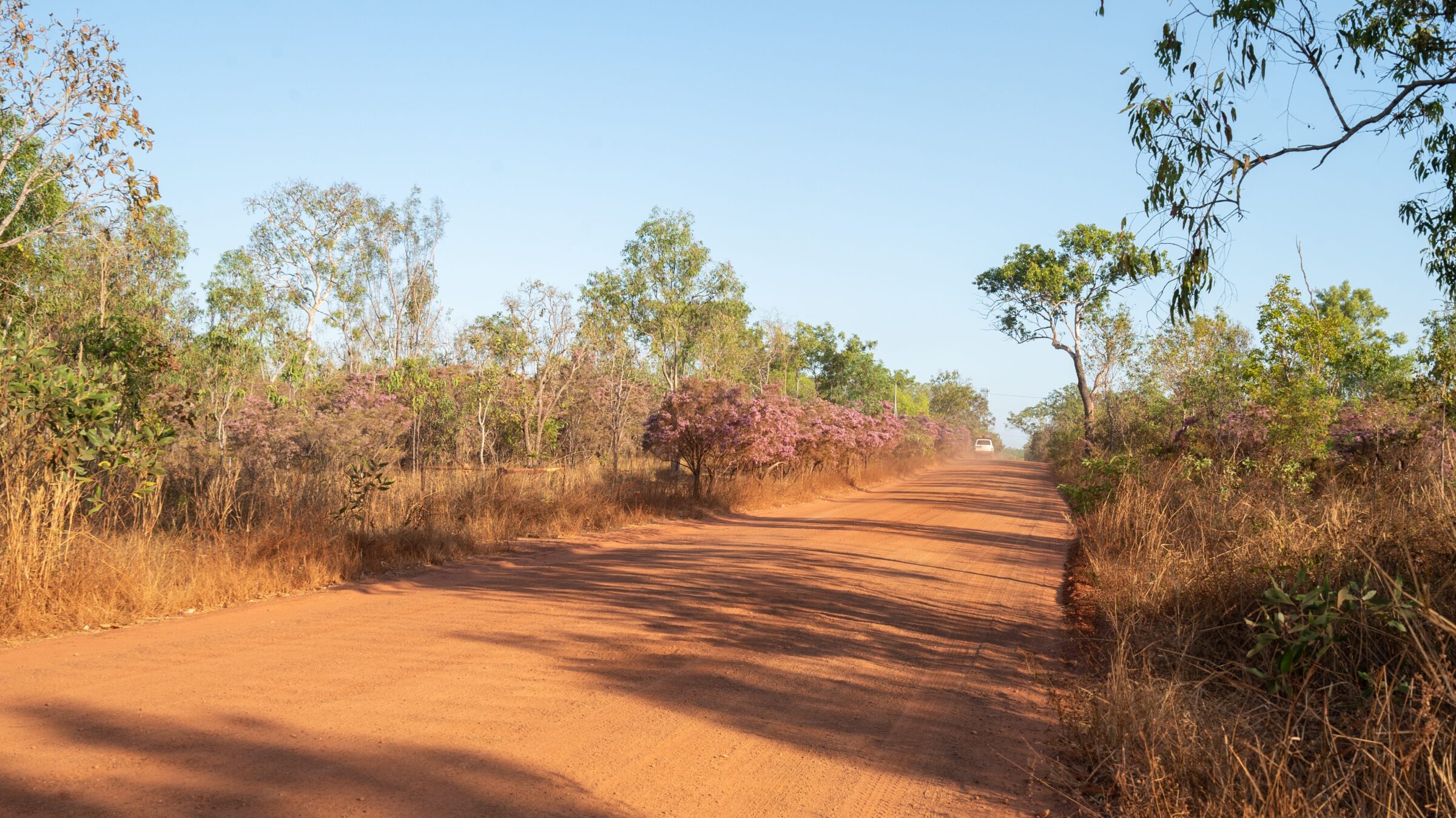Growing the church through translation
CMS missionaries Tavis and Kate Beer serve in Northern Territory supporting Aboriginal church leaders and developing ministry resources. Kate shares some of the joys in the process and outcome of producing a Prayer Book in Kriol.
XXIV. Of Speaking in the Congregation in such a Tongue as the people understandeth.
“It is a thing plainly repugnant to the Word of God, and the custom of the Primitive Church to have public Prayer in the Church, or to minister the Sacraments, in a tongue not understanded of the people.” — Article 24, The 39 Articles
Watering the church with words
I am not a church planter. But the work of ‘watering’ once a church has been planted is not a short-term job. It was 99 years after CMS ‘planted’ the church at the Roper River Mission before the people finally had the whole Bible in their language.
Since 2012, we have been involved in supporting Kriol speaking Christians in the Roper region to develop a Kriol Preya (Prayer) Book, to support church leaders to lead worship in the language of their people.
Origins of the project
It started when we watched a church leader open a community festival in prayer. After much stressing in preparation, they pulled out their English prayer book, and read aloud the collect, or prayer, of the week.
The collect bore no relation to the festival, and many people in that town don’t really understand English. But, to our surprise, everyone in the crowd thought it was very good! The book gave everyone comfort that the proper ceremonial thing had been done for them.
In the months after that day, we saw many other examples of how much a prayer book, in the language of the people, would help the church grow.
Creating a liturgy that pleases God
So, when the local minister asked us to help work on some new liturgies, we were only too happy to help. We gathered a few Kriol speaking ministers to talk about what was needed.
The aims were that it be the work of Kriol speakers, not just missionaries by themselves. This would ensure that the responses in the liturgy would be easy for people who can’t read to remember, so they can join in wholeheartedly in the worship.
A Kriol Preya Book would be a starting point for new leaders, who find themselves leading services with little or no training, to make sure they are staying faithful and helping people worship in good ways.
It would need to be officially authorised by the Bishop, so that people could use it as an authority when leading, confident that they were conforming to good standards for worship that would please God and be above reproach.
Translating joy
The wonderful thing for us about working with leaders to translate the prayer book, is that it has opened so many excellent conversations which are core to discipleship.
‘What is peace with God, really?
And what are we saying when we say, “Peace be with you?”’
‘If baptism is about new life, why are so many of the images in the prayer book service more like images of death?’
‘What exactly are the unseen things the creed says God made?’
The really fun part was that each question would begin with a hunt through all the relevant Bible passages, which was only possible because others had already worked to translate the Bible into Kriol.
So we would ask:
What does the Bible teach about this?
How did the translators render that concept?
Walking alongside leaders
Sometimes it has been very hard work getting to a satisfying place. So much of theology is expressed in abstract concepts, whereas Kriol people are more concrete in the way they view the world. So, a concept like ‘God’s kingdom’ needs to be expressed as something like ‘that time and place when/where Jesus will be boss, and all people will listen to him’. However, it is such satisfying ministry, as we hunt for these answers, to walk alongside leaders and see their enthusiasm for God’s truth.
Recently, we have been working with leaders to translate the Nicene creed. After many hours, over multiple days, we had a draft to test with others.
The thrill, for me, came when these leaders didn’t want to go home without a printed copy of the work. They were excited to share these words about what we believe with others.
“These are strong words. People need to hear this”, they said. “What we believe, it’s true and people need to hear this in our language.”
“Yu si? Det sambodi hu dalimbat det gudnyus, im nomo enijing. En det sambodi hu kaman biyain en titjimbat det gudnyus, im nomo enijing du. Oni God na im haibala, dumaji im na meigim det gudnyus wek langa yumob laif.” (Fes Karinthiyan 3:7) || “So neither the one who plants nor the one who waters is anything, but only God, who makes things grow.” (1 Corinthians 3:7)
GIVE
Your support of CMS enables the work of missionaries like Kate Beer to support the Indigenous Church in North Australia.








